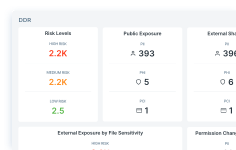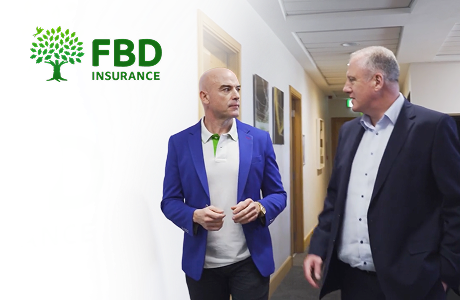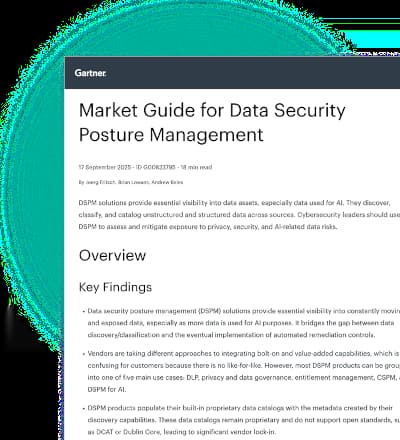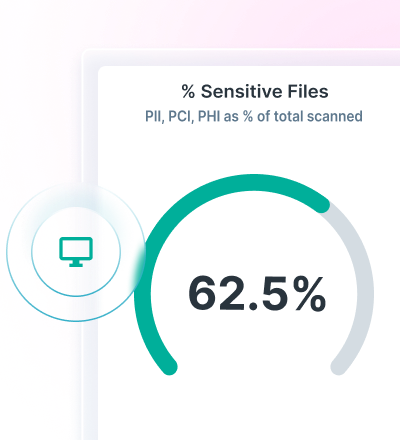X-Labs
Get insight, analysis & news straight to your inbox

Top 5 Takeaways from Forcepoint AWARE 2025

Lionel Menchaca
October 14, 2025

X-Labs Q3 2025 Threat Brief: Obfuscated JavaScript & Steganography Enabling Malware Delivery

Mayur Sewani
October 8, 2025

Forcepoint DSPM Adds Structured Data Support for Enterprise Databases

Corey Kiesewetter
October 7, 2025

Shadow AI Risks and How to Stop Them

Z. G.
October 6, 2025

Eliminate DLP Blind Spots: Why Forcepoint Beats Netskope

Tim Herr
October 2, 2025

Stop WhatsApp Data Leaks with Forcepoint and Tuvis Integration

Neeraj Nayak
September 29, 2025

XWorm RAT Delivered via Shellcode: Multi-Stage Attack Analysis

Prashant Kumar
September 26, 2025

Market Guide from Gartner® Discusses Why DSPM Is Essential for AI Data Security

Lionel Menchaca
September 25, 2025

Protecting Cloud Data in the GenAI Era

Neeraj Nayak
September 23, 2025
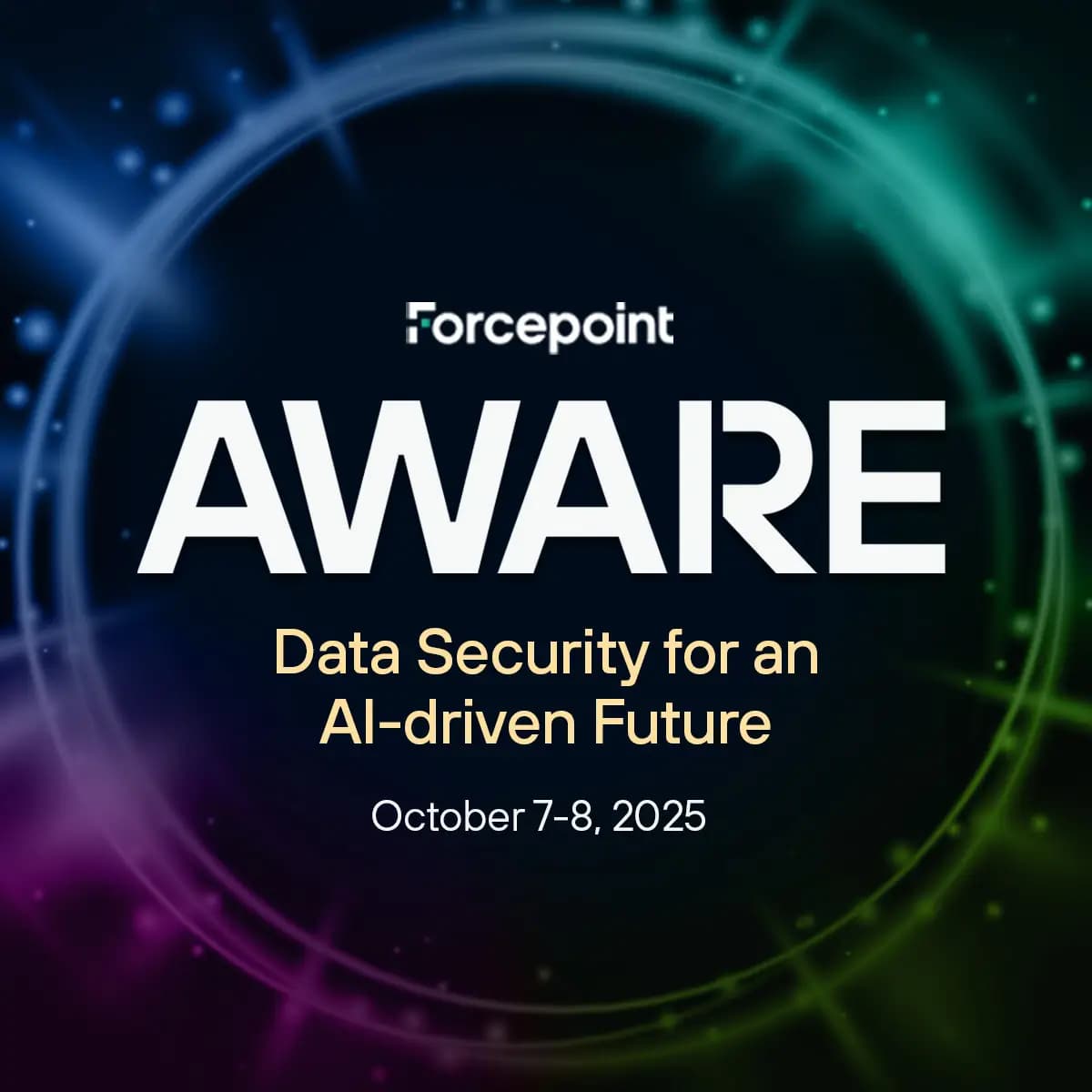
Join Security Leaders Shaping AI-Ready Data Security at Forcepoint AWARE

Forcepoint
September 22, 2025

